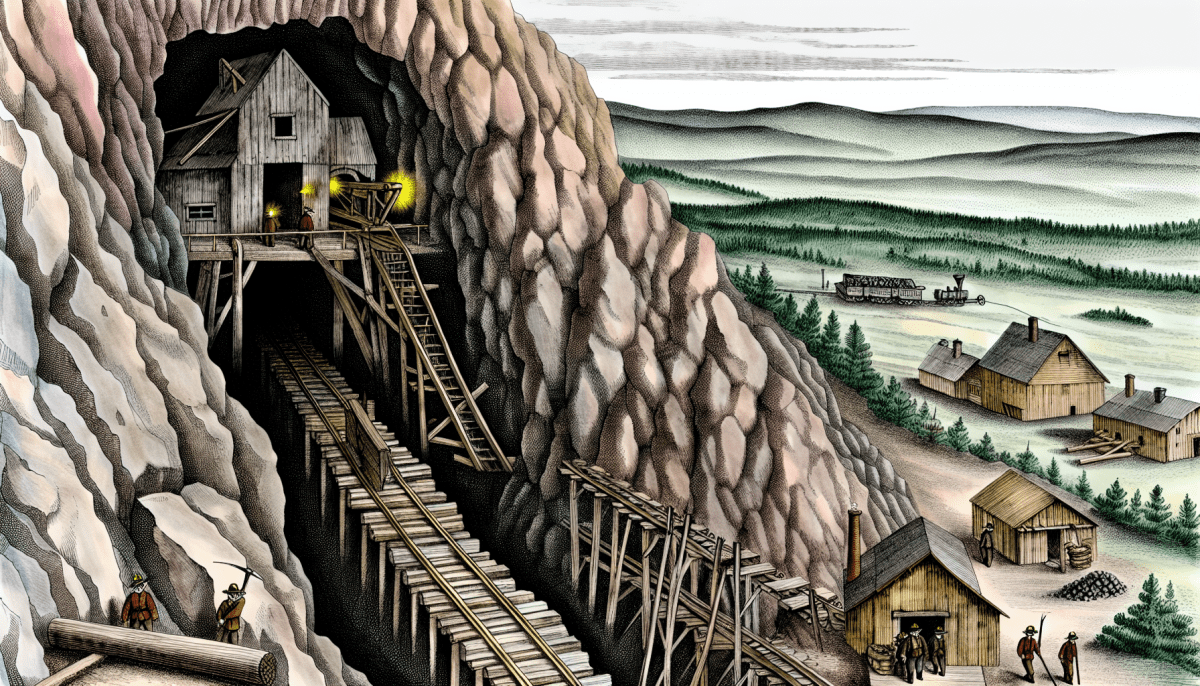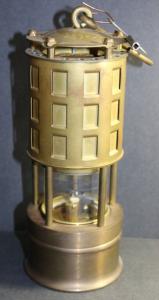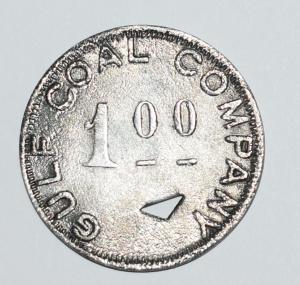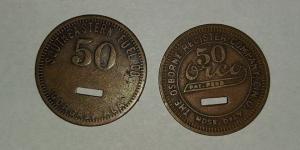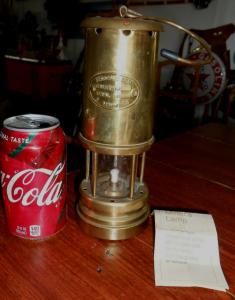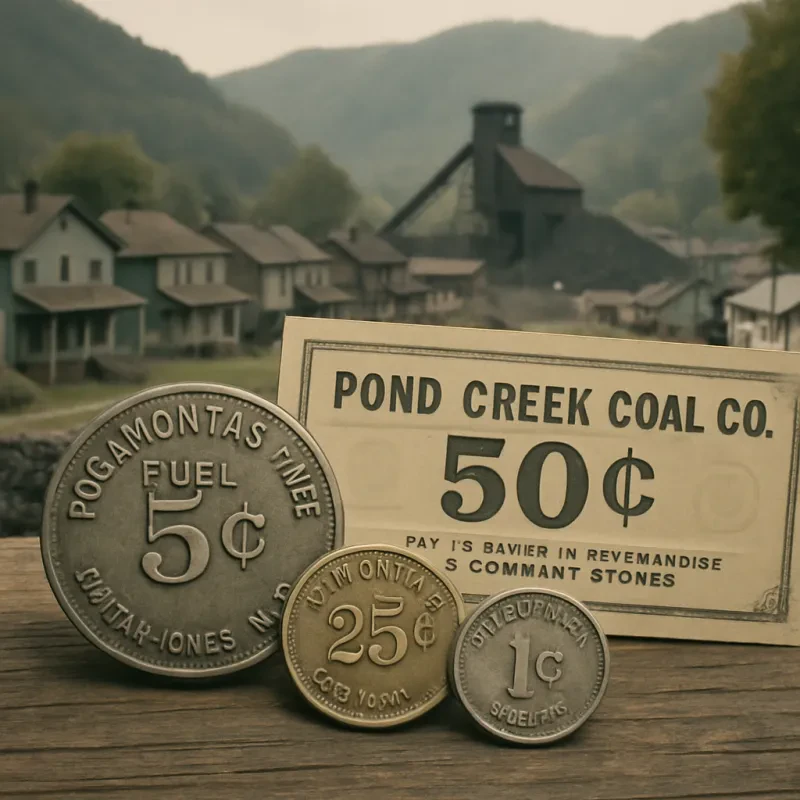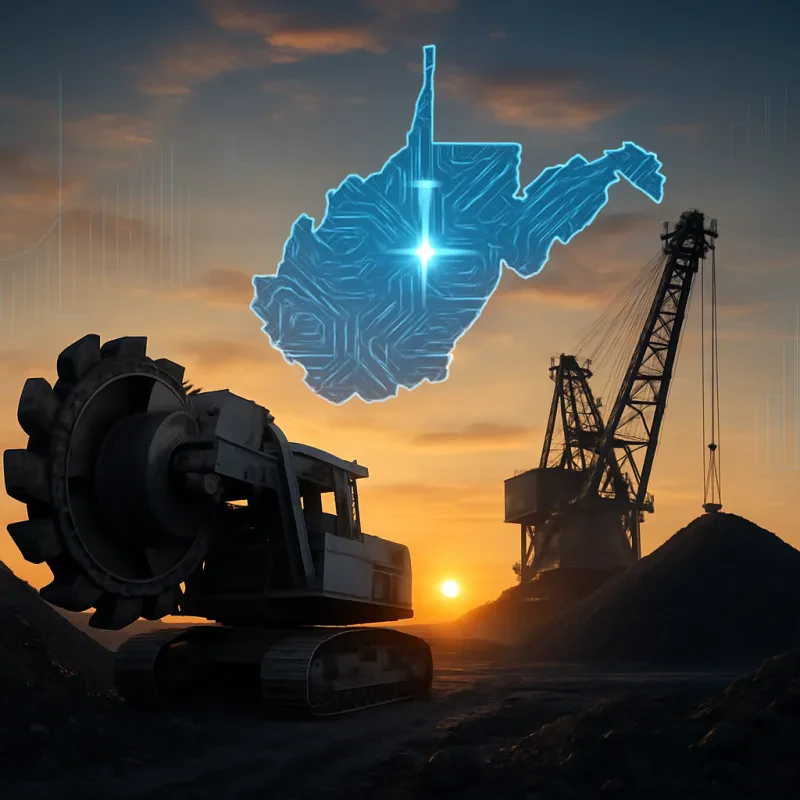The 20 mile coal mine has a rich history that dates back to the late 19th century. It all began when a group of ambitious miners discovered a considerable deposit of coal just outside of town. The area was well-suited for mining, thanks to the accessible landscape and high-quality coal that was in high demand for heating and energy. People flocked to the area, eager for work and new opportunities.
As the coal industry boomed, the 20 mile coal mine became one of the largest producers in the region. Local businesses grew around the mine, supplying everything from tools and equipment to food and lodging for the miners. Town life thrived, and the mine played a central role in the community's development. It wasn't just a source of income; it brought families together and provided a sense of belonging.
Over the years, the techniques and technologies used at the 20 mile coal mine evolved. Laborers saw improvements in equipment, making extraction safer and more efficient. Despite facing challenges like labor strikes and market fluctuations, the mine pushed through, adapting to ensure its survival. The grit and determination of the miners left a lasting impact, shaping the region's identity.
Today, the legacy of the 20 mile coal mine remains significant. While the days of booming coal production may be behind us, the stories and experiences of those who worked there continue to be celebrated. It's a reminder of the hard work and resilience that helped build the community many still call home.
Key Events That Shaped Its Legacy
The history of the 20 Mile Coal Mine is full of key events that have shaped its legacy. One pivotal moment was its opening in the late 1800s, during a time when the demand for coal was skyrocketing. This coal mine quickly became a crucial player in the energy sector, supplying coal to homes and industries. The work was tough, but the community really came together around this mine, forming friendships and support networks that are still remembered today.
Another significant event was the introduction of new mining technologies in the early 1900s. These innovations made it easier and safer for miners to extract coal. This not only increased production rates but also helped improve the working conditions in the 20 Mile Coal Mine, making it a more desirable workplace compared to others in the region. Miners began to take pride in their work, knowing they were part of something bigger.
In the mid-20th century, changes in the energy market brought challenges to the mine. As alternative energy sources began to emerge, the demand for coal fluctuated. However, the 20 Mile Coal Mine adapted by finding new markets and investing in improving its operations. This resilience helped to ensure its place in the community and the industry, demonstrating how important it was to adapt to changing times.
Lastly, the closure of the mine in the late 1990s was a significant turning point. While it marked the end of an era, it also led to new opportunities for the region. The site has since been revitalized, contributing to local tourism and education about mining history. The legacy of the 20 Mile Coal Mine continues to impact the community in ways that reflect both its historical significance and its continuing importance in local identity.
Life for Miners and Their Families
Families of miners often had their own routines as well. With the miners working long hours, wives and children would take on tasks that kept the household running. From cooking hearty meals to tending gardens, their contributions were crucial. These families became the backbone of the community, coming together for celebrations, church events, and community gatherings, making life in the shadow of the 20 mile coal mine rich with social connections.
It's important to note that the conditions in which miners worked weren’t always safe. The risks involved in coal mining affected not just the miners but their families too, as they lived with the constant worry of accidents or health risks from dust exposure. Nevertheless, miners and their families drew strength from their tight community ties. They learned to support each other through the ups and downs of mining life, which helped create a resilient culture that endured challenges together.
As time went on, many children of miners went on to pursue careers in mining or other local industries, keeping this legacy alive. The stories and experiences of those who lived through these times have shaped the history of the 20 mile coal mine, showing how the spirit of the mining community can overcome obstacles and hardships, making it a unique chapter in local history.
The Mine's Impact on the Community
The 20 Mile Coal Mine has been a significant part of the local community for decades. Its presence has shaped not just the economy but also the culture and daily lives of the people living nearby. Many families have found jobs in the mine, helping to support homes and raise children in a community built around this industry.
One of the most notable impacts of the 20 Mile Coal Mine is its contribution to local jobs. The mine has provided steady work for many residents, from miners to support staff. This job stability has allowed families to grow and thrive in the area, strengthening community bonds. Local businesses also benefit from the mine’s workers, as they often shop and dine in nearby establishments, boosting the local economy.
Beyond economics, the 20 Mile Coal Mine has influenced the community's social fabric. Events and gatherings related to the mine, like family days or safety seminars, foster connections among residents. These gatherings help to cultivate a sense of pride and shared identity. Plus, the mine often supports community projects and initiatives, which further reinforces its commitment to the area.
However, it’s important to note that the presence of the 20 Mile Coal Mine isn’t without challenges. Environmental concerns have sparked discussions among residents about balancing economic needs with ecological responsibility. The community continues to engage in conversations about sustainable practices to ensure that both the mine and the environment can thrive together.
